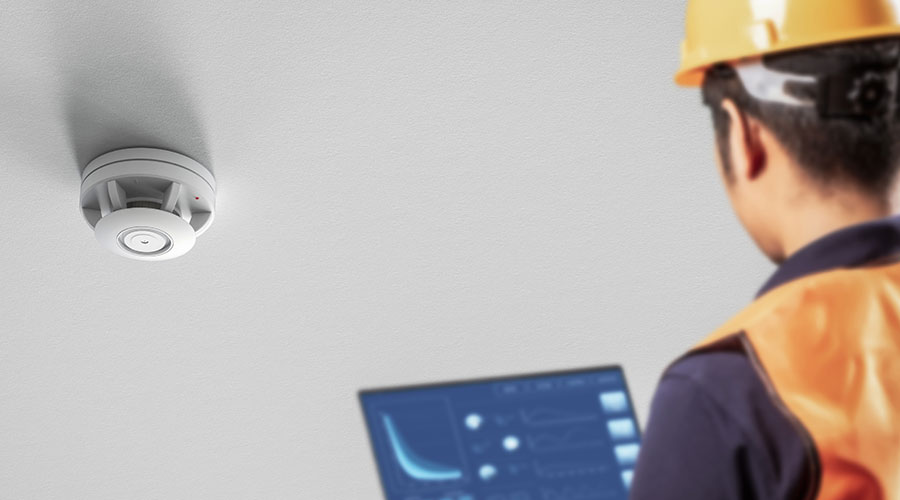What You Need For A Mass Notification System
When designing an emergency communications system that will address more than fire events, the risk analysis noted above is one of the first steps to identifying what you need for an emergency communications system. When implementing an emergency communications system in an existing facility, the current emergency plan should be reviewed. The factors required to be considered in the risk analysis may have been addressed in the existing emergency plan. For facilities that don't have an emergency plan, NFPA 1600: Standard on Disaster/Emergency Management and Business Continuity Programs, is a great resource and tool for assisting with the development of a plan. The emergency response plan in existing facilities may provide the basis for the design of the emergency communications system. In either event, the design of the emergency communications system and the emergency response plan need to be coordinated and integrated.
Based on the risk analysis and emergency plan, components and features needed in the emergency communications system can be identified. At a minimum, the system will have control equipment that serves as the head end of the emergency communication system. The target audience will drive the selection of appliances such as speakers, horns, strobes, and textual displays. If voice instruction is part of the emergency plan, speakers are required and messages are required to be intelligible.
There has been much discussion on the issue of intelligible voice instruction. Intelligible voice is defined in NFPA 72 as being clear and understandable. The code explicitly indicates that quantitative measurement is not required. A new Annex D in NFPA 72 on voice intelligibility provides great information on designing for intelligible voice and provides guidance if someone wants to do a quantitative measurement.
Code requirements for audibility should not be confused with intelligibility. Alert tones that precede voice instructions are required to comply with audibility requirements of NFPA 72. For most areas of a building the audibility of the alert tone is required to be 15dB above ambient sound pressure levels.
If audible signals are being provided, visual signals may also be required. The need for visual signals is driven by the Americans with Disabilities Act, which basically requires visual signals for the hearing impaired. There may be other conditions that necessitate the use of visual signals. Areas with high ambient noise (greater than 105dB) are required to be provided with visual signals to notify occupants. It may also be necessary or beneficial to include textual messages in strategic locations to provide additional information or instructions to occupants in an emergency. These devices can be driven by the emergency communications system, or they can be supplemental to the emergency communication system.
Integrating With Emergency Communications
An emergency communications system can provide outputs to other systems that can serve to supplement an emergency plan and enhance safety. Other systems may include phone and computer systems, closed circuit television systems, and other building systems. For example, in the event of an unwanted chemical release, the emergency communication system could be integrated with a building automation system to shut down ventilation. There is really no limit as to what systems may be integrated with emergency communications systems as long as the systems that are being integrated do not interfere with the performance of the emergency communications systems.
The challenge with emergency communications system design is that each system will have its own unique features and operational requirements to fit the emergency plan of the facility. Unlike fire alarm system design, there aren't specific requirements that identify the features to be provided. The risk analysis and emergency plans provide the basis for design.
Ray Grill, PE, FSFPE, LEED AP, is a principal with Arup. He co-chaired the NFPA 72 technical correlating task group on mass notification. That task group developed the draft annex on mass notification that was incorporated in the 2007 edition of NFPA 72. He can be reached at ray.grill@arupgp.com.
Related Topics:














